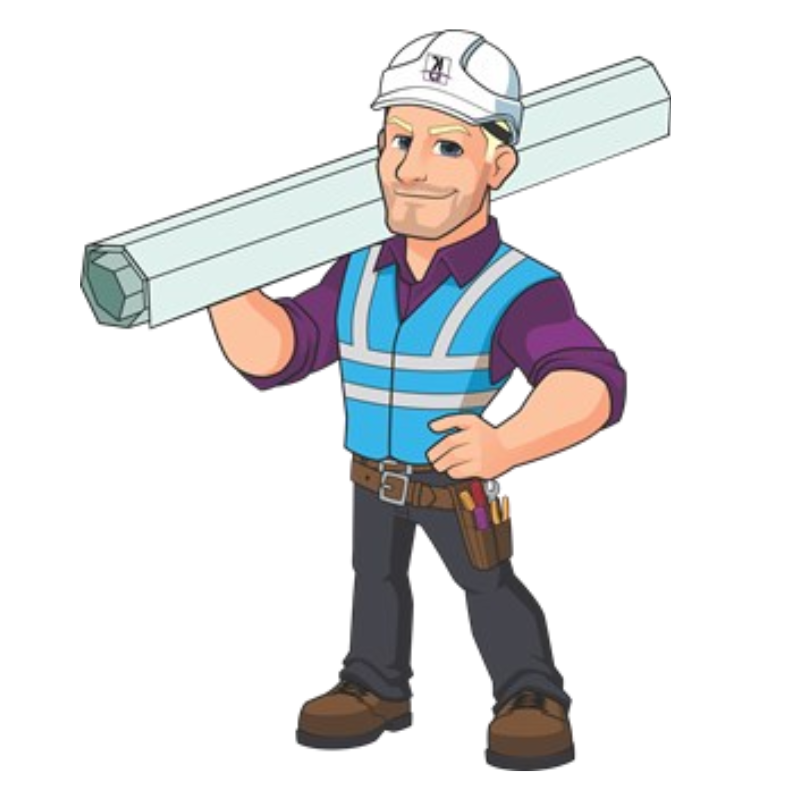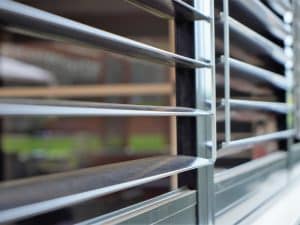Window shutters do more than just look good—they protect your windows, regulate indoor temperatures, and offer control over privacy and natural light. But even quality shutters reach a point where window shutter replacement becomes more than a choice; it’s a necessity. Recognising when your shutters are past their prime can save time, money, and hassle down the line. Whether you’re dealing with frustrating hardware, temperature fluctuations, or outdated designs, understanding the signs of wear can help you decide when it’s time to take action.
Why do homeowners often delay window shutter replacement?
Many households hold off on replacing old shutters, even when the issues are obvious.
- Cost concerns or fear of expensive upgrades
- Not knowing what to look for in terms of damage
- Emotional attachment to long-standing fixtures
- Time pressure or home improvement fatigue
It’s common to overlook problems like minor warping or colour fading. After all, the shutters are still open and closed, right? But these subtle signs often point to bigger issues. For example, discolouration from UV exposure can indicate breakdown in material integrity. At the same time, slight stiffness may suggest internal warping or hinge corrosion.
Delays usually stem from uncertainty. Without clear information, replacing shutters can feel overwhelming. That’s where preparation helps. If you’re not sure where to start, learning how to plan a smooth window shutter replacement can simplify the process and remove the guesswork.
What causes window shutters to fail prematurely?
Shutters are designed to last for many years, but a few common factors can shorten their lifespan.
- Incorrect installation puts undue stress on hinges and panels
- Low-grade materials degrade faster under environmental pressure
- Lack of regular maintenance accelerates wear
- Environmental exposure, such as salt spray or UV radiation
For example, timber shutters installed in a bathroom without proper sealing may swell and warp within a year. Similarly, lightweight plastic models exposed to strong afternoon sun can crack or fade far sooner than expected.
Sometimes the problem lies not in the shutters themselves, but in the structure around them. Shifting walls or poorly aligned frames cause shutters to rub, catch, or rattle. Understanding how material performance affects longevity can be eye-opening, particularly when reviewing the benefits of proper shutter insulation and how it supports long-term value.
How does old shutter hardware impact energy efficiency?
Ageing shutters don’t just creak and groan—they can hit your power bill hard.
- Gaps around panels allow hot or cold air in
- Cracked or warped frames disrupt airflow control
- Loose hardware fails to seal tightly
- Discoloured surfaces often reflect material breakdown
Even if the louvres still tilt, worn components may no longer effectively block sunlight or contain warmth. This leads to overreliance on heating or cooling, especially in extreme seasons.
Quality shutters should act as a thermal barrier. When they stop doing that, energy consumption rises. Newer shutter materials often incorporate thermal resistance, and installation techniques aim for tight sealing. If reducing power bills or improving climate control is on the radar, it’s worth exploring other sustainable home upgrades to pair with new shutters.
How can you tell it’s time for a window shutter replacement?
Not all shutter issues jump out at first glance. Here are signs worth watching for:
- Visible cracks or peeling paint
- Sticking or misaligned panels
- Squeaky or sluggish hinges
- Uneven spacing between louvres
- Shutters are not staying in position
- Noticeable changes in indoor temperature
Functional decline isn’t always immediate. For instance, warped panels might still move, but over time, alignment worsens and performance drops. If rooms are suddenly hotter or colder, or if glare seems stronger, the shutters might no longer be doing their job.
Take photos of the problem areas, compare with previous seasons, or consult with a professional. For a closer look at how different shutter styles interact with room light, consider reading about how shutters affect indoor light.
What are the best materials for window shutter replacement?
Material choice plays a major role in longevity, upkeep, and performance. Here’s how common options compare:
Material | Pros | Cons |
PVC | Moisture-resistant, budget-friendly, low-maintenance | May feel plasticky in some settings |
Basswood | Elegant look, lightweight, good insulation | Needs sealing; less ideal for wet areas |
Aluminium | Strong and weather-tough, sleek appearance | Industrial feel for indoor use |
Composite | Stable, moisture-resistant, durable | Fewer finish options than timber |
PVC shutters are a go-to choice for areas like kitchens or bathrooms where humidity levels are high. For lounge rooms or bedrooms, basswood offers a classic finish with natural charm. Aluminium is often used outdoors for its toughness, while composite shutters provide a middle-ground solution that balances performance with ease of care.
Should you DIY or hire out window shutter replacement work?
DIY shutter installs may seem cost-effective, but precision is key to performance.
- Measuring errors results in poor fits or gaps
- Mounting mistakes cause misalignment and rattling
- Improper sealing allows air or water infiltration
- Lack of warranty for DIY issues
Unless you’ve got tools, time, and a solid understanding of the installation process, tackling shutter work alone can lead to costly outcomes. Even experienced DIYers sometimes misjudge frame angles or over-tighten hardware, causing long-term issues.
Professionally installed shutters come with fit guarantees, cleaner finishes, and often, a stronger product lifespan. The results are usually more consistent and better aligned, especially in older homes with settled walls or odd-shaped windows.
What’s the smartest next step after window shutter replacement?
New shutters often change more than just the appearance of a space—they can improve airflow, insulation, and privacy with minimal upkeep. To get the most out of them:
- Clean monthly with a dry or slightly damp cloth
- Check hinges seasonally to ensure smooth operation
- Avoid oil-based cleaners that damage finishes
- Rotate louvres gently to reduce stress on joints
- Inspect for damage after heavy storms or temperature swings
Over time, this small effort can preserve both appearance and function. For households thinking about upgrading more than one area, it helps to take note of which materials hold up best and how well different rooms respond to the change.
More suggestions are available if needed. For those comparing options or seeking care guidance, it’s possible to reach out to iStyle Shutters to discuss your shutter needs. Whether or not you’re ready to act, information is there to support your plans.




